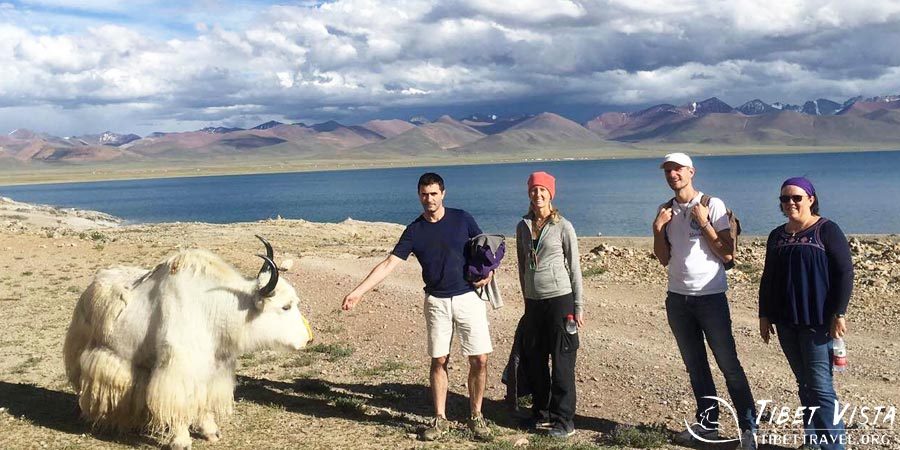 Photo with Tibetan goat at Namtso Lake
Photo with Tibetan goat at Namtso Lake
Tibet is a land that is both mystical and famous, but is remote and hard to reach. Set high up on the Qinghai-Tibetan Plateau, with an average elevation of around 5,000 meters, it is the home to several species of wild animals. Rare, dangerous, elegant, or just downright cute, these animals will capture your heart, and leave you understanding why they are so revered and protected in the Tibetan Buddhist culture.
The Otter
These cute, semi-aquatic mammals are found in many places in Tibet, often on the banks of rivers and lakeshores. The otter has a long, slim, streamlined body, perfect for racing through the water, and its short limbs, with webbed feet, make the perfect paddle to propel it along at great speeds.
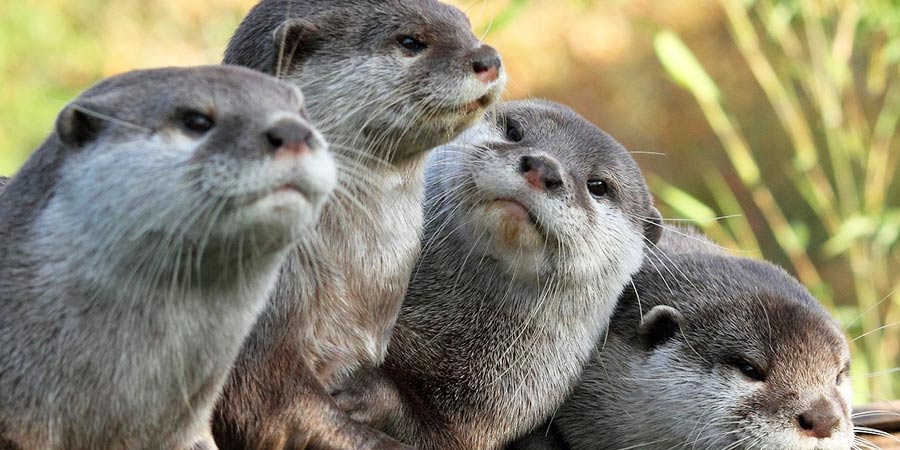 The Otter
The Otter
They love to play, and are intelligent and inquisitive. Otters can often be seen frolicking in the shallow waters, or swimming playfully in family groups. They live in family groups in holes in the river banks and lakeshores, and feed mainly on fish and small invertebrates. And in this cold climate, they have the perfect protection. The fur has an internal layer that keeps the skin warm, and an outer layer which protects the softer, inner fur.
Tibetan Mastiff
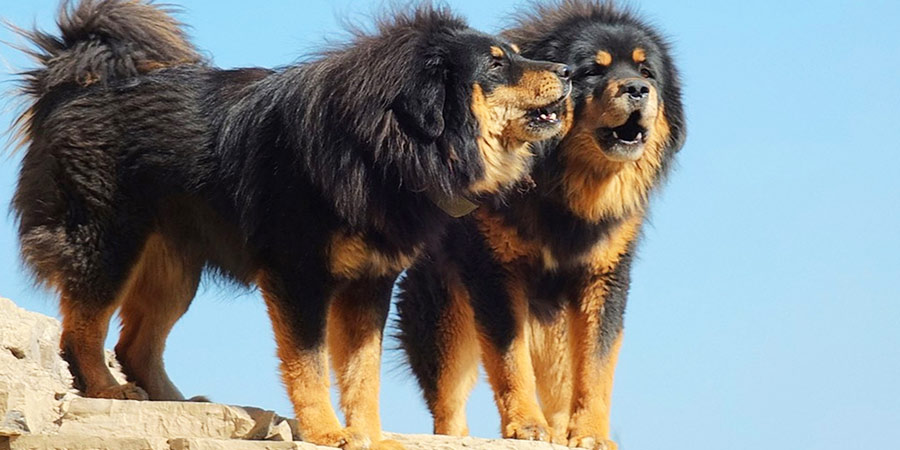 Tibetan Mastiff
Tibetan Mastiff
These huge dogs are native only to Tibet, and have been deliberately bred over thousands of years to be the guardians of the family and livestock of the nomadic herdsmen. They are a world-class breed of rare animals, which are split into two distinct types. The Drog-Khyi, which loosely means “dog which may be kept”, can be either tiger-like, with shorter fur around the head, or lion-like, with a huge mane of hair similar to that of a lion.
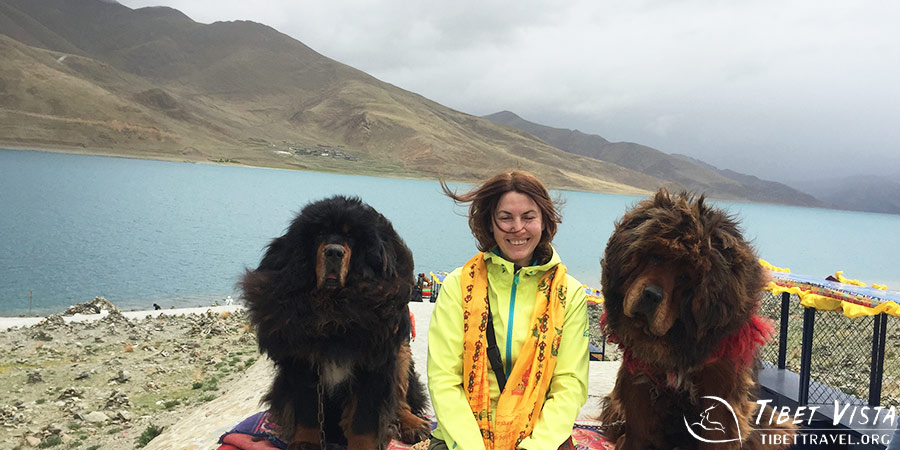 Photo with Tibetan mantiff at Yamdrok Lake
Photo with Tibetan mantiff at Yamdrok Lake
These beautiful, pure-bred dogs are found in the monasteries and nomad camps all over Tibet, and are fiercely loyal to their families or owners. Kept as pups within the family home, they grow as part of the family until they are old enough to train for guarding the herds. Their bone structure is dense and strong, with a very deep bark that can scare off most predators.
The Red Fox
Just like their European and British cousins, these foxes have a coat of beautiful, copper red fur, with a white chin and underbelly, and white tip to their long, fluffy brush. Slender and fast, with a long, pointed snout, these beautiful creatures live in holes dug into the ground, known as a den. Voracious hunters, they live mainly on small rodents, insects, fruit, and fish, but are also known to catch wildfowl.
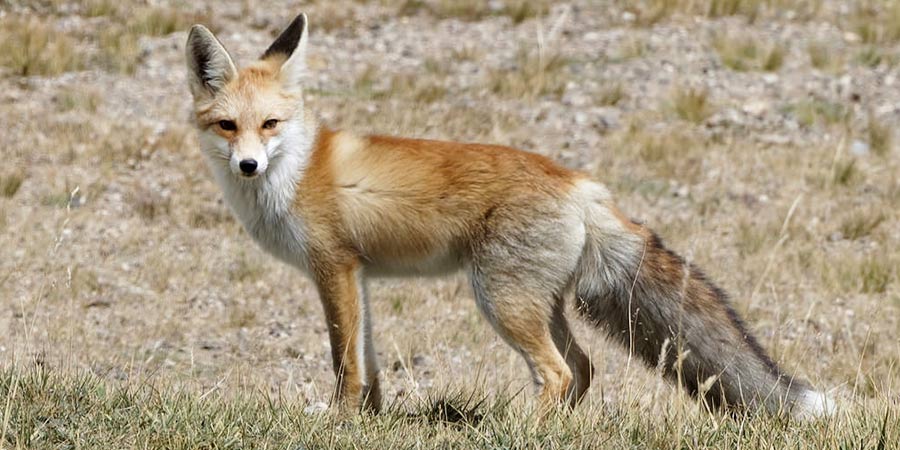 The red fox
The red fox
Foxes can grow up to three and a half feet long, the size of a medium-sized dog, and are very adaptable to different climates, from mountains to plains, and forests to grasslands. They can even be found in desert areas, and are well known for living on the edges if urban areas. However, you will rarely see them in the daytime, as they are nocturnal hunters.
Tibetan Gazelle
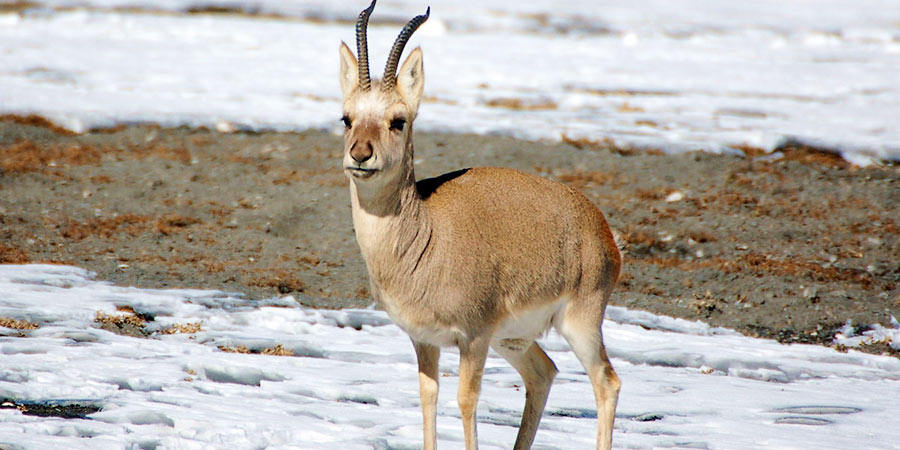 Tibetan Gazelle
Tibetan Gazelle
These extraordinary gazelle are known locally as “goa”, and are a small type of antelope, with slender, graceful bodies. They stand only around two feet in height, and about 3 feet long. The males have long, tapering horns that are heavily ridged. Often, the horns on a full-grown male can be taller than the rest of its body. Their coats are normally a reddish-brown in color, with white belly and buttocks.
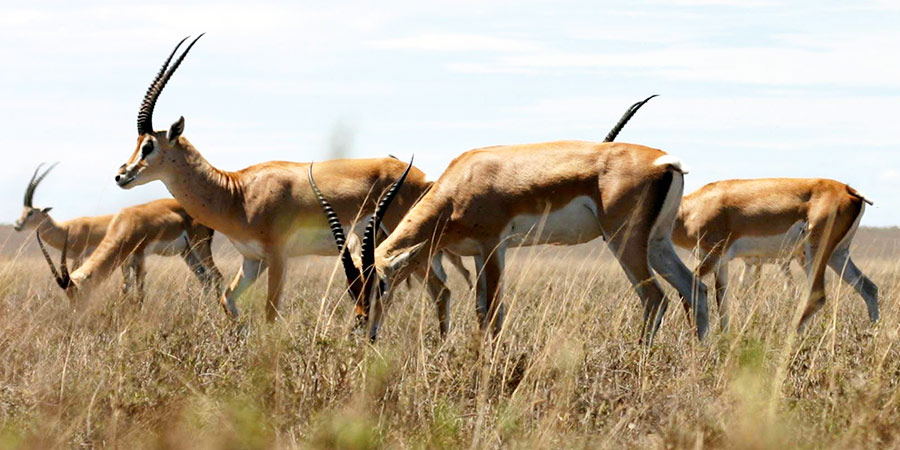 Tibetan Gazelle in Kekexili Nature reserve
Tibetan Gazelle in Kekexili Nature reserve
The Tibetan Gazelle is mostly found in the areas of Ngari Sanai, Nagqu, Qamdo, and Shigatse, and can often be seen roaming the grasslands and prairies of the plateau. The high alpine meadows and steppes are their main habitat, and they graze on the local vegetation and new shoots of bushes for food, sometimes supplemented by small amounts of grass. At most, you will only see 10-12 goa in one group, and it is not unusual to see them as solitary animals wandering the region.
Pika
The Pika is a breed of small brown mammal that looks somewhat like a cross between a western dormouse, a rabbit, and a vole, with no external tail. They live primarily in the mountainous regions of Asia, and can often be found at heights above 6,000 meters.
 Pika
Pika
The live mainly on grasses, flowers, and young stems, and will store hay and dried twigs into their homes in fall as food for winter. They normally live in small cracks and crevices in the rocks on the sides of mountains, although they will dig a small burrow if the need arises. The adult pika grows to around 8-9 inches long, and weighs approximately 10-12 ounces. The fur varies in color from light grey, through brown, to darker grey and black.
Black-necked Crane
This medium-sized crane is one of the Asian species of cranes that breed on the Qinghai-Tibetan Plateau. The plumage is an off-white color, with black head and neck, and a red crown. The tail feathers are short and resemble that of the ostrich, and are also black in color. Both sexes of the cranes have a very similar appearance, and it is hard to tell them apart.
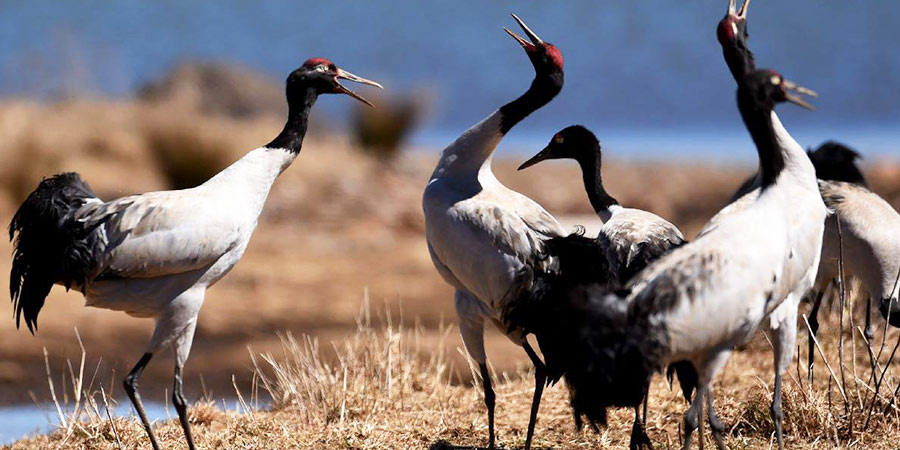 Black-necked Crane
Black-necked Crane
The cranes are revered by the Tibetan Buddhists, and are protected throughout Tibet. They breed mainly on the alpine meadows, lakesides, and river valleys, and they tend to winter in the more sheltered valley in the lower altitudes of the southeast of Tibet.



.jpg)


 Photo with Tibetan goat at Namtso Lake
Photo with Tibetan goat at Namtso Lake
 The Otter
The Otter  Tibetan Mastiff
Tibetan Mastiff Photo with Tibetan mantiff at Yamdrok Lake
Photo with Tibetan mantiff at Yamdrok Lake The red fox
The red fox Tibetan Gazelle
Tibetan Gazelle  Tibetan Gazelle in Kekexili Nature reserve
Tibetan Gazelle in Kekexili Nature reserve Pika
Pika Black-necked Crane
Black-necked Crane 





























0 Comment ON "The Cute Animals of Tibet"